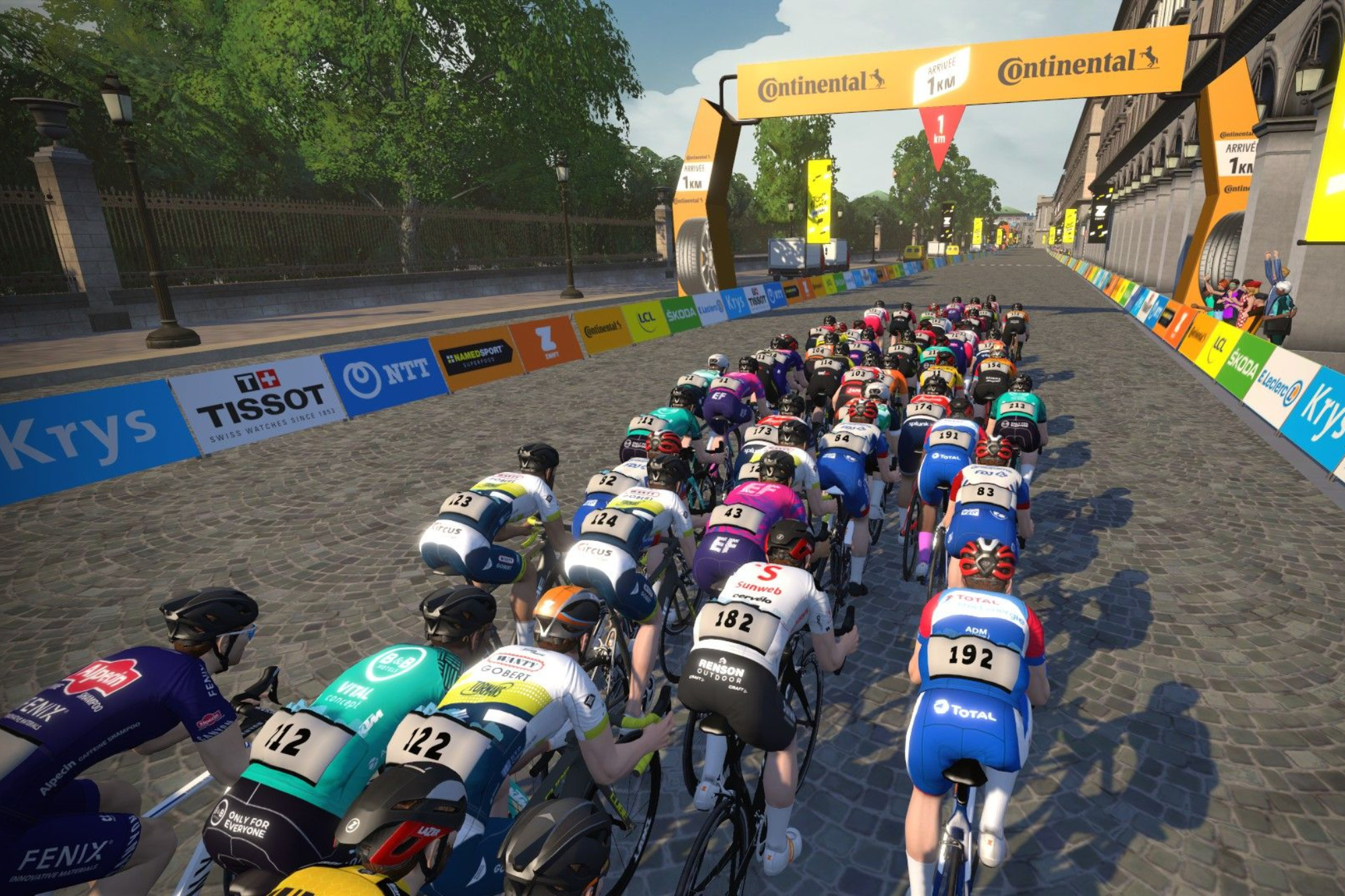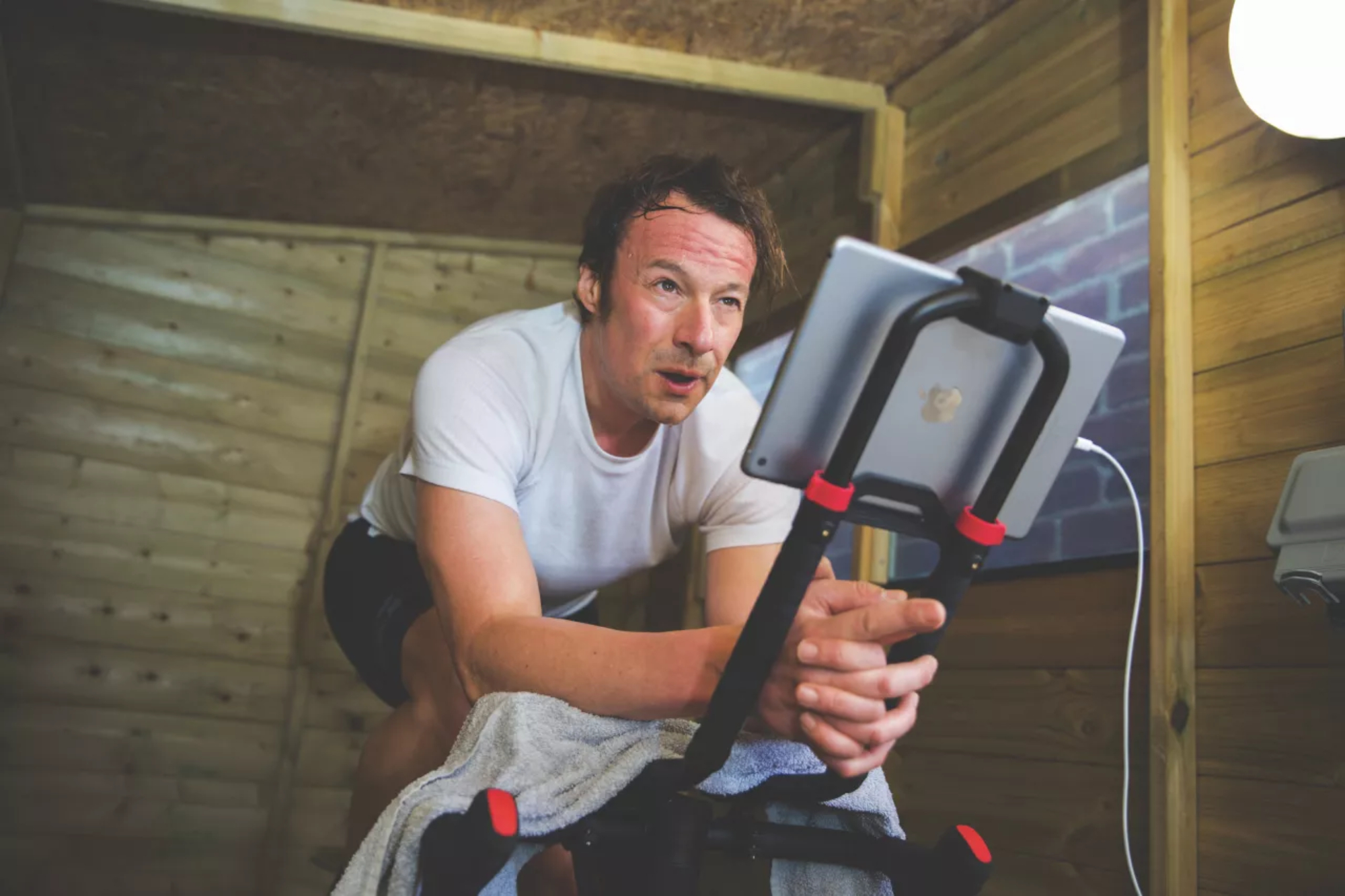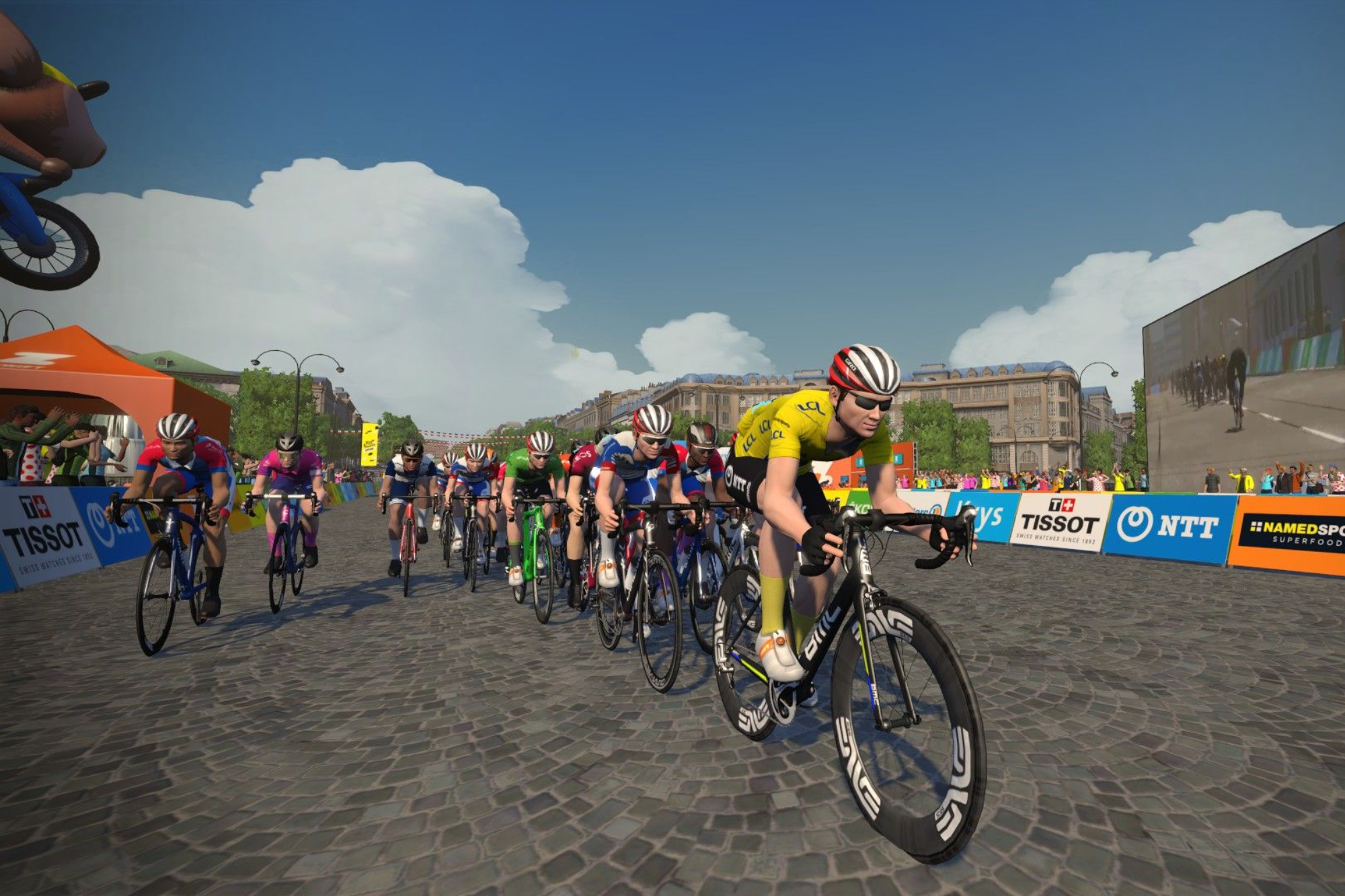Zwift updates rules for top level eRacers, only permitting trainers with power reading accuracy of ±2% or better
The overwhelming majority of Zwifters are not going to be affected by these changes – but for those tracking the nascent sport of eRacing, it’s interesting to see where things are going


As of July 31, Zwift has updated its Cycling Esports Ruleset, which applies only to a small number of designated high-level events – the vast majority of Zwift racers won’t be affected by the changes, or the ruleset in general.
But that said, it’s not so often you get to see a new sport develop from the ground up, so following its progress brings its own interest.
Let's take a run through and add a bit more detail to these updates. Alternatively, you can full the whole v1.0.7 Cycling Esports Ruleset in its entirety here.

Overview of changes from v1.0.6 to v1.0.7
1. Clarified minimum age for event and event series participation.
2. Smart trainers/smart bikes must have manufacturer claim of power accuracy of at least ±2%.
3. Equipment and techniques not permitted or effective in IRL cycling sport are prohibited.
4. Rules applicable in IRL events of a particular format shall be applicable to Zwift Cycling Esports version of that event format.
5. Revised performance verification process.
6. Pre-race test data must be submitted at least 14 days before the applicable event.
7. Updated pre-race test course instructions.
1. Clarified minimum age for event and event series participation.
Under section 2.2.1., the rules state that:
"Unless explicitly authorized by Zwift, a rider shall have reached eighteen years of age to be eligible to participate in any Zwift Cycling Esports event."
It is, however, clarified that a rider who is under 18 can still go through the procedures of registering to participate in Zwift Cycling Esports events – just so long as the rider does turn 18 before the date of their first race.
If you are under 18 and looking to compete, it would be well worth taking advantage of this and getting all your data in order ahead of time. As we will see later, there is quite a bit needed for verification.
The latest race content, interviews, features, reviews and expert buying guides, direct to your inbox!
2. Smart trainers/smart bikes must have manufacturer claim of power accuracy of at least +/- 2%.

The changes to which trainers are permitted are pretty significant.
The first stipulation is "Only trainers and smart bikes with a manufacturer claimed power reading accuracy of ±2% or better shall be permitted."
This rules out a fairly large number of trainers, including the Elite Suito (±2.5%) which we really highly rated. But it is worth doing some digging into exactly what model you have: although the Elite Direto was first released in 2017 with a claimed accuracy of ±2.5%, the Elite updated the spec in September 2018 to give it a claimed accuracy of ±2.0%, meaning it should still be permitted.
The second stipulation requires a little more unpacking: "Zwift reserves the right to prohibit the use of smart trainers or smart bikes for which the manufacturer does not currently provide product support. For purposes of this section, “product support” shall mean software or firmware updates, troubleshooting, and help instructions."
So, Zwift isn't ruling out the use of all legacy trainers, this is more just covering its back in case any models develop systemic issues which won't be fixed and therefore need ruling out.
It does mean that, if you are hoping to compete at the very top level, it's probably still sensible to make sure you do go for a current model – rather than picking up an old one at a discount.
3. Equipment and techniques not permitted or effective in IRL cycling sport are prohibited.
The rules state:
"Riders shall use equipment in a manner that is consistent with Zwift Cycling Esports events being cycling events. Use of techniques or equipment (other than a smart trainer or smart bike, or those relating to body heat management - fans, towels, etc.) that would not be permitted, or not be effective, in real life cycling events, shall be prohibited."
Reading between the lines, this has most likely been added to prevent any exploitation of the 'sticky watts' bug that's present in the platform. With some setups, if you put in a quick sprint and immediately stop pedalling, your in-game watts can stay stuck at, say, 783w for a handful of seconds – which provides quite a boost and isn't what you'd call "sporting".
But Zwift doesn't want to be seen as stifling the development of new technique, continuing on to say: "Any riders who are concerned that an innovation may be limited by this rule are strongly encouraged to seek the advice of Zwift before using it in competition."
So, if you have something new, just make sure to ask first.
4. Rules applicable in IRL events of a particular format shall be applicable to Zwift Cycling Esports version of that event format.

Section 2.6.1. states: "Unless otherwise explicitly communicated by Zwift, the results of a race shall be judged by the standard real-world rules of racing for the applicable format of a race."
Helpfully, an illustration of what is meant is also provided within the rules: "in a Zwift Cycling Esports event that takes the format of a Circuit Race, standard In Real Life Circuit Race rules and regulations (such as lapped riders not being permitted to interfere with the leaders) shall apply."
5./6./7. Performance verification
There is quite a lot of pre-race information which needs to be collated and submitted at least 14 days before competing.
This is rough outline, giving a flavour of what to expect – if you do need to do a full verification yourself, you should go by Zwift's document for the full details.
- A link to the rider’s public Strava data
- FIT files recording the rider’s best 5-15sec, 1min, 3-5min and 10-20min efforts, conducted on a significant gradient (5% or more) that includes both power and heart rate data.
- Files may be from different rides, but all must be made within the last 12 months. If a 10–20 minute climb is not available, this can be done on the flat
- Makes, models, firmware, serial number and calibration information, slope number or calibration factor for power meters and smart trainer, and a photo of the hardware used by the rider.
- A video recording of the rider measuring their weight.
- A video recording of the rider measuring their height
- A video recording of the rider completing a test course.
- Set up a camera to simultaneously show you, your bicycle, your trainer and the Zwift screen throughout.
- The recording does not need to be a livestream, but must be recorded to a streaming platform such as Youtube or Twitch (Recording may be set to unlisted if desired, and only need be shared with ZADA.)
- The test is composed of four efforts (1-min, 4-min, 7-min & 12-min) and two 15-sec sprints. These need to be maximal efforts.
- After the test, send the two .FIT files (the one of your trainer and of your secondary power source) and a link to the stream to Zwift using the form provided in the applicable technical guide or race instructions.
- Set up a camera to simultaneously show you, your bicycle, your trainer and the Zwift screen throughout.
Who's this all going to affect?
Crucially, these rules will only be applicable to those racing at the very top level on the platform – you don't have to go through the whole verification procedure if you're just racing causally on the platform.

After winning the 2019 National Single-Speed Cross-Country Mountain Biking Championships and claiming the plushie unicorn (true story), Stefan swapped the flat-bars for drop-bars and has never looked back.
Since then, he’s earnt his 2ⁿᵈ cat racing licence in his first season racing as a third, completed the South Downs Double in under 20 hours and Everested in under 12.
But his favourite rides are multiday bikepacking trips, with all the huge amount of cycling tech and long days spent exploring new roads and trails - as well as histories and cultures. Most recently, he’s spent two weeks riding from Budapest into the mountains of Slovakia.
Height: 177cm
Weight: 67–69kg